About Nagoya City
About Nagoya City

Located in the center of Japan, Nagoya is the heart of the country’s business and industrial network. Nagoya has a highly developed infrastructure. At the same time, the city is filled with cultural heritage. The cityscape’s harmonious mix of historical vestige and modern design composes a uniquely attractive and convenient environment. This vibrant metropolitan city is surrounded by mountains and seashores, which provide outdoor and cultural activities all year round. The blend of energetic city and refreshing nature allows students to enjoy a versatile lifestyle in Nagoya.
Student’s top 6 places to Visit in Nagoya City and Aichi Prefecture!
We asked some of the G30 students to list their favorite spots/events in Nagoya. Here are the locations that they recommended! You can click on the links below to find more information about each location or event.
-
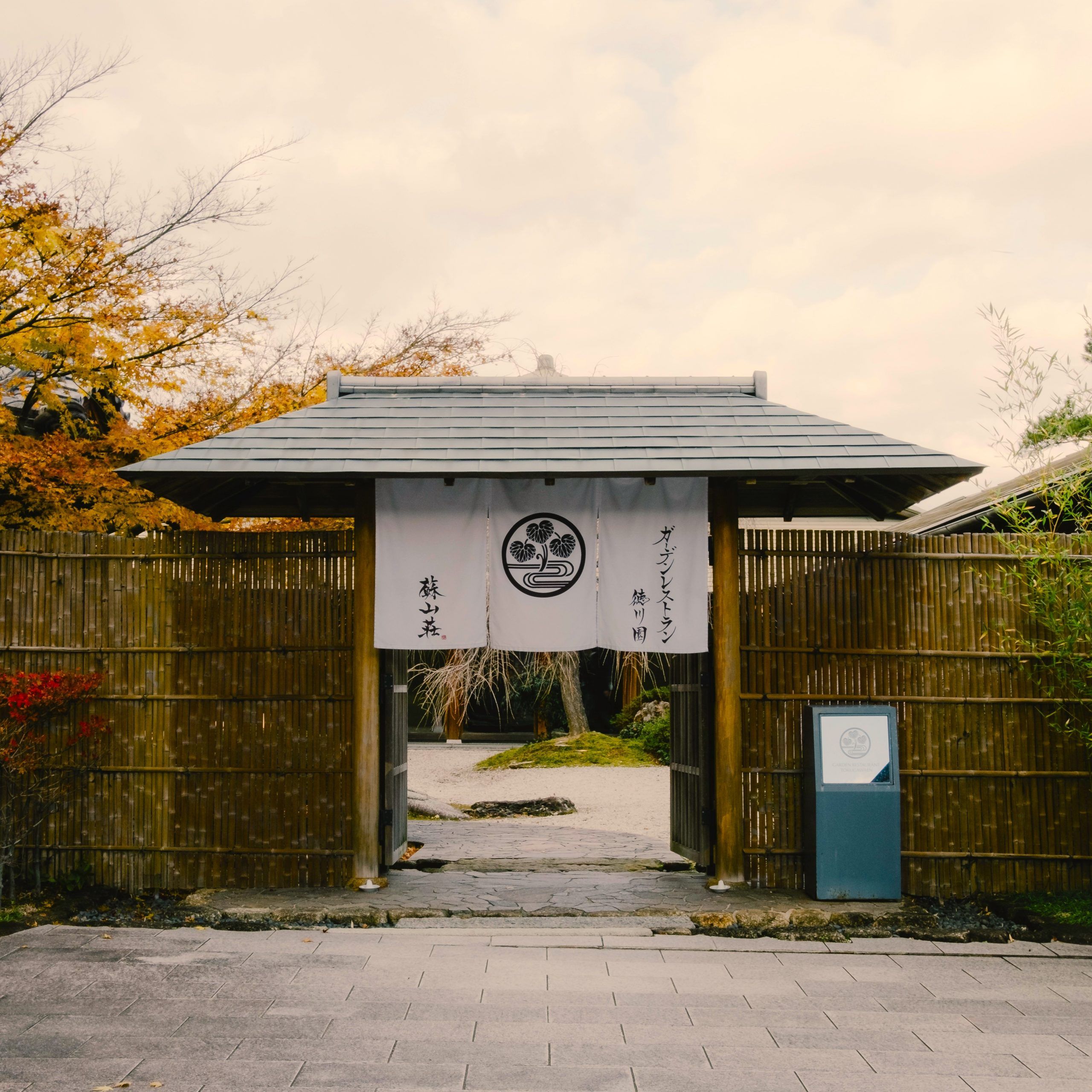
1. Tokugawa Garden and Museum
Theo, 4th year Japan-in-Asia Culture Studies student“My favorite place in Nagoya is Tokugawaen Park. It is a beautiful, serene place to take a walk, and enjoy peace and quiet, and especially in the fall 🍂 There’s an admission fee of ¥300, but I think it is totally worth it to enjoy fall foilage in the city. You can also visit the Tokugawa Art Museum that is right beside the park to check out some interesting historical artifacts.”
-

2. Osu Shopping District
Hannah, 2nd year School of Agriculture Biology Program student“This 400-years old shopping street has always been one of my favorite place to hang around because it has EVERYTHING! If you’re a foodie like my sister and I, there are various street food here from the most famous Nagoya’s misokatsu (by Yabaton) to desserts like mont blanc to freshen you up if you’re tired of exploring :)) There’s tons of cafes (even pet cafes), claw machine and second-hand stores that you can spend time at. There’s also the Osu Kannon Temple with so many (I mean INSANE) amount of pigeons if you’re interested :D.”
-
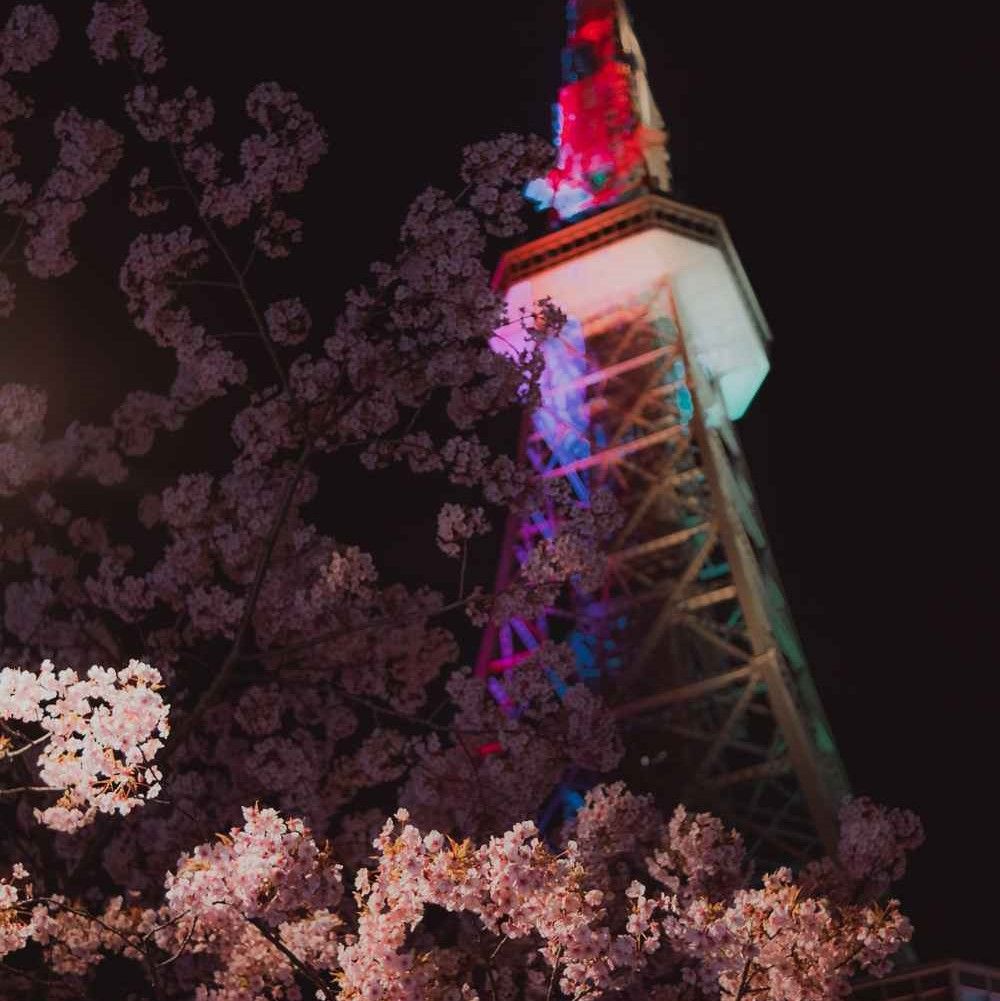
3. Sakae Area and the Mirai Tower
Karl, 4th year Automotive Engineering student“I really like going to the Sakae Area, especially to Nagoya Mirai Tower, the Eiffel Tower of Nagoya, and Oasis 21! These are in the center of Nagoya and is a really nice place to hangout, especially at night! I make sure to bring my kouhais here the first time they go to Sakae. Try to go up the Mirai Tower especially, as it is one of the most beautiful sights to chill and admire Nagoya. At night, try going up to Oasis 21 to see some cool lights on the tower and the viewing platform!”
-

4. Toyota Oiden Festival (Summer)
Quynh, 3rd year Economic student“Japan summer festivals are amazing, many firework shows last for more than one hour! They are nice place to hang out during the hot summer!”
-

5. Vantelin Dome Baseball Game
Duc, 1st year Master’s Degree Physics student“Thinking of a fun day out with friends? The Vantelin Dome could be a great choice, especially if you’re into baseball. It’s pretty easy to get to by subway, and it’s where the Chunichi Dragons play their home games. There’s usually a good atmosphere, with lots of fans cheering together. It’s kind of cool to see how much people here love their team!”
-
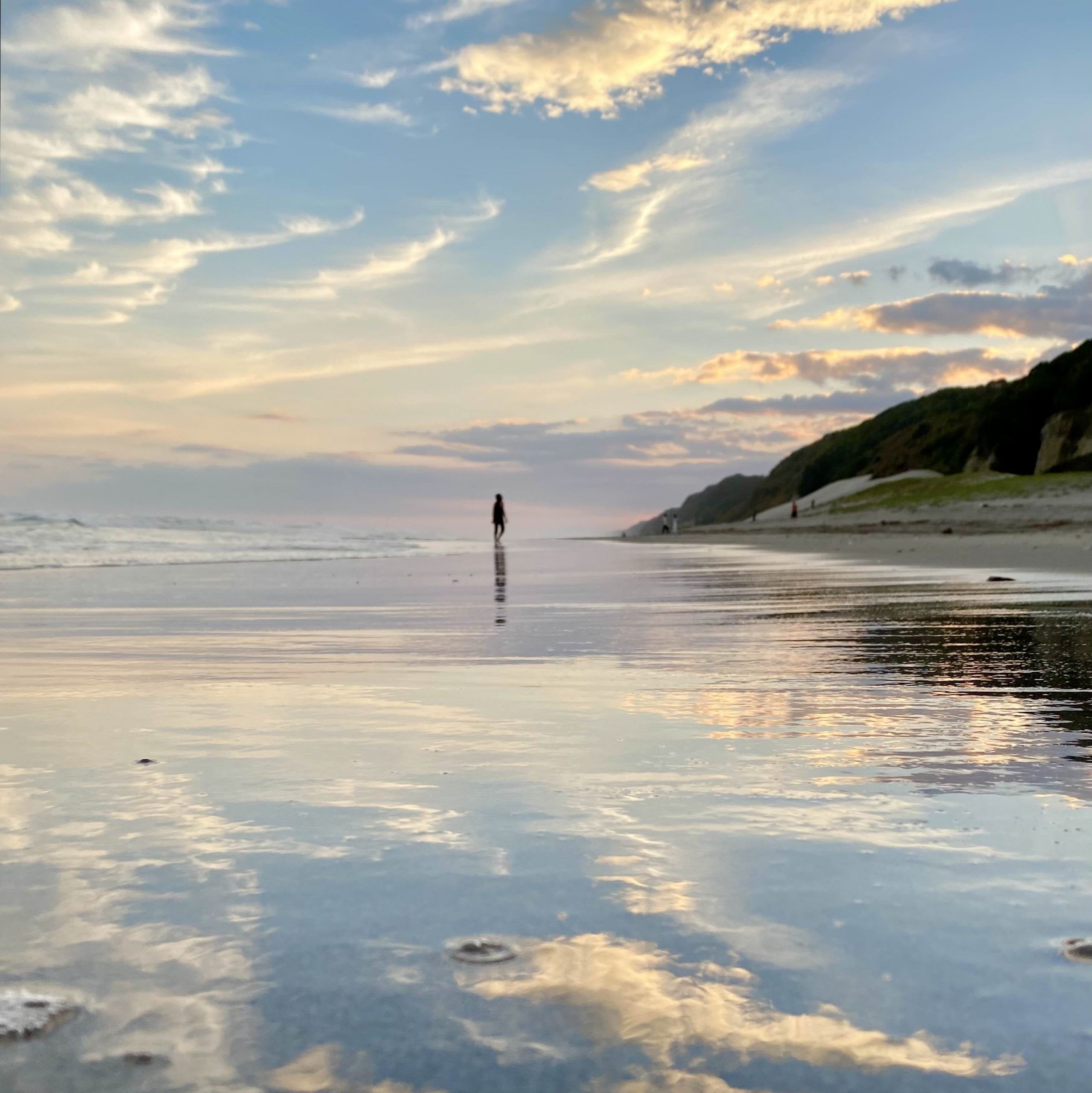
6. Ikobe Coast, Toyohashi City
Eri, 2nd year Law student“My favorite place in Aichi is Ikobe Coast south of Toyahashi city! It’s about an hour and half drive away from Nagoya, and it is one of the most beautiful places I’ve ever been to! (honestly!!!) The coast is also a bit hard to reach, so there are not that many people even in peak periods, which is a big plus. It’s a really good spot for photography as well – the smooth sands of the beach become like a mirror during sunset, which makes the whole place feel magical!”



Explore Nature
The vibrant metropolitan city is surrounded by mountains and seashores, which provide outdoor and cultural activities all year round. The blend of energetic city and refreshing nature allows students to enjoy a versatile lifestyle in Nagoya.
A Modern City Rooted in History
Nagoya boasts a long and exciting history. Japan’s second most venerated shrine, the Great Shrine of Atsuta was established here 1,900 years ago. Nagoya is the birthplace of the very first Shogun, Minamoto Yoritomo, and the origins of the Three Unifiers, Oda Nobunaga, Toyotomi Hideyoshi and the Shogun, Tokugawa Ieyasu whose successes resulted in forging strong foundations for modern Japan. Being at the heart of the Sengoku, or Warring States period, many of history’s most famous samurai battles happened in and around the greater Nagoya region. Surrounded by sea, mountains, rivers and plains, centrally located Nagoya had long been the envy of the many neighboring warlords. The wide, flat, fertile Nobi Plains were ideal for rice and crop production. The sea to the south was a rich fishing grounds and like the many surrounding rivers, was ideal for transportation and trade. Fine timber, clays and stone from the mountains made it most desirable. It is little wonder the Oda clan, and later the mighty Tokugawa clan chose Nagoya for the site of their great castles. Naturally, increased samurai military presence invited talented craftsmen, and many traditional industries were formed.
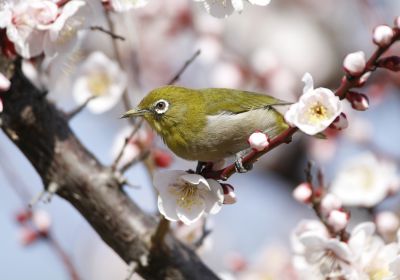
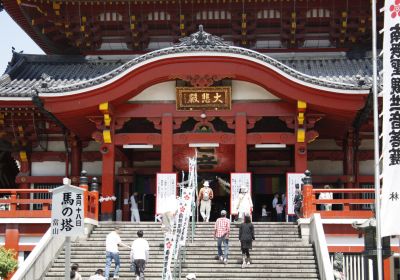
Nagoya – The Economic Powehouse and Manufacturing Hub of Japan
Innovation has always been part of Nagoya’s culture, and this is where the Japanese art of manufacturing was perfected. The world’s first wooden robots, mechanized puppets known as karakuri dolls, were developed in Nagoya during the early 1600’s. Originally used atop the traditional festival floats unique to this area and as playthings for the affluent, the technology from these handcrafted wooden mechanical wonders led to automated loom manufacturing, which in turn influenced vehicle production line techniques, launching Nagoya’s powerful industries. The Nagoya region has also been a ceramics production area for over 1,000 years and is famed for its historical and modern textiles industry too.
Today the Nagoya region is the nation’s leader in automotive, machine tooling, robotics, fine ceramics and aerospace industry, and because of this, remains the financial powerhouse of Japan. Because of this Nagoya City offers are large variety of career possibilites to international students and over 95% of Nagoya University’s undergraduate students receive a job offer prior to graduation.
